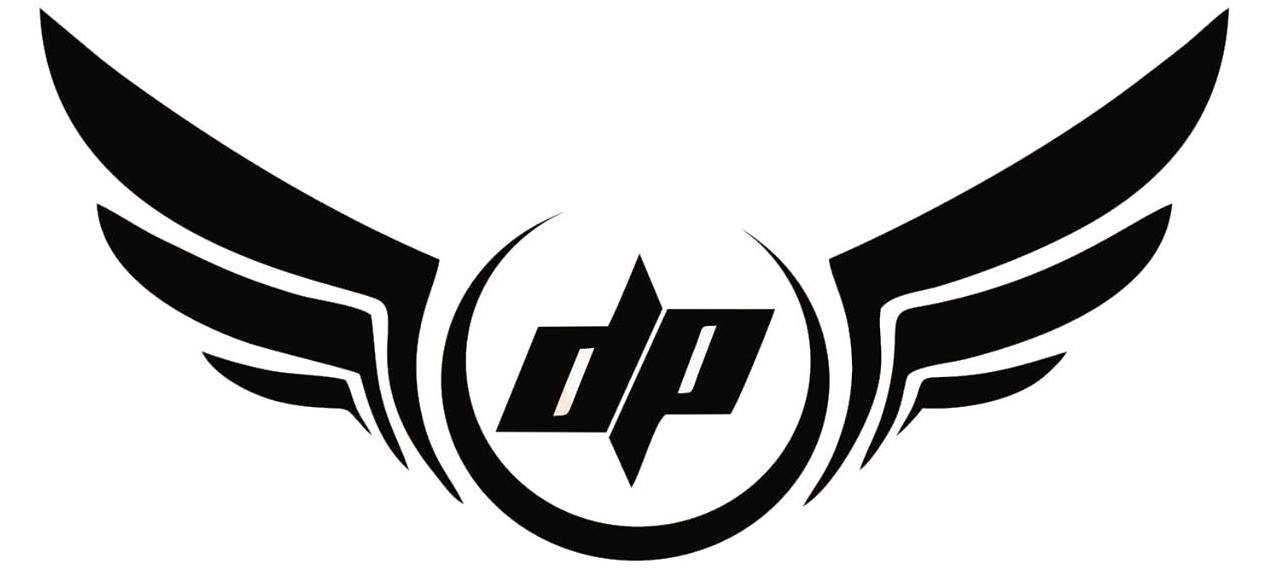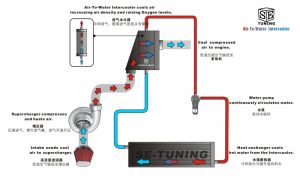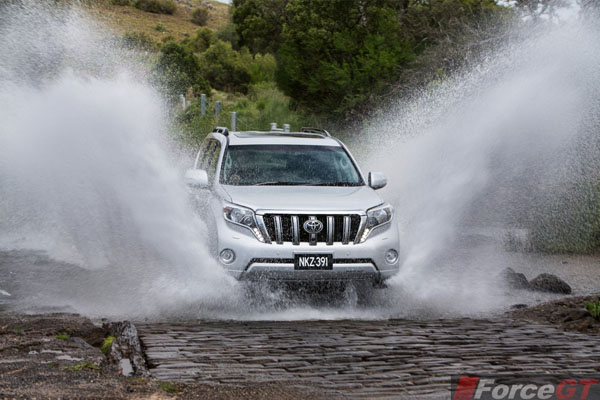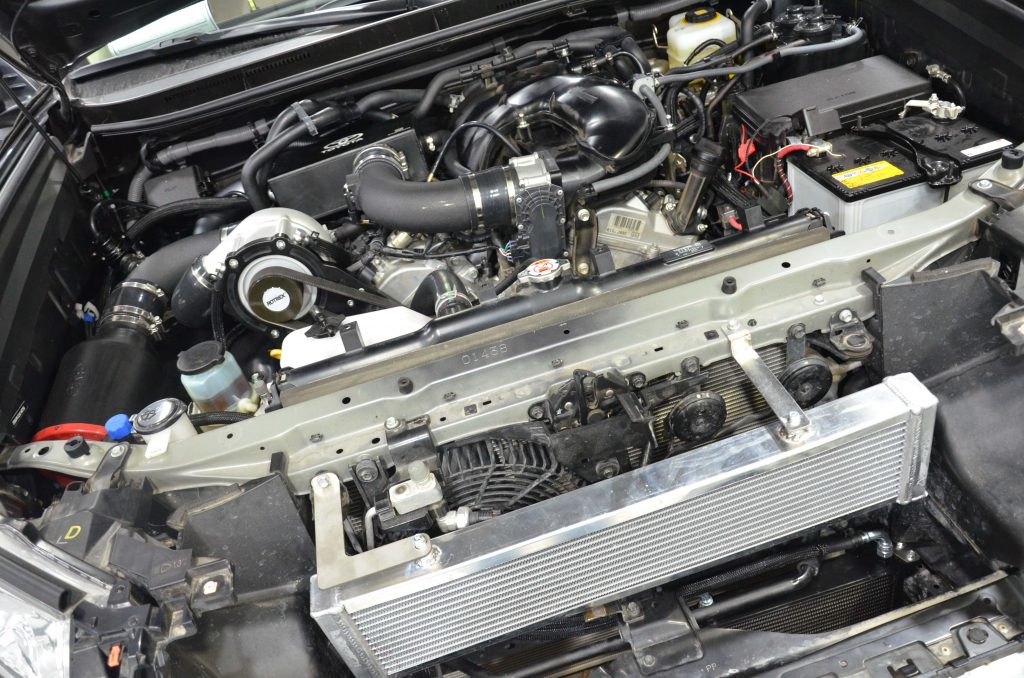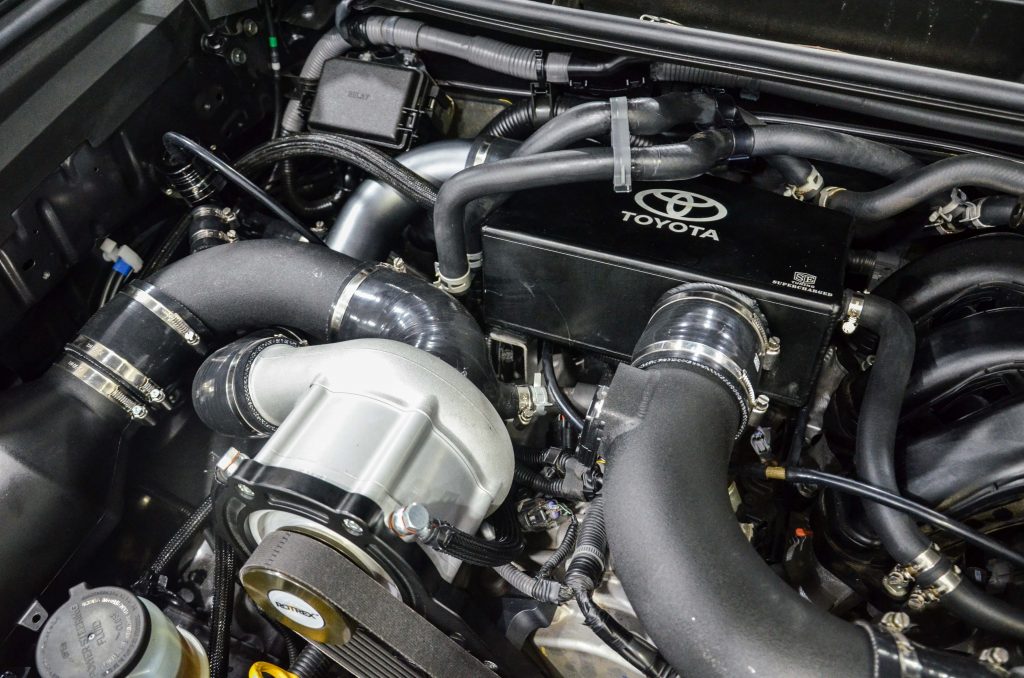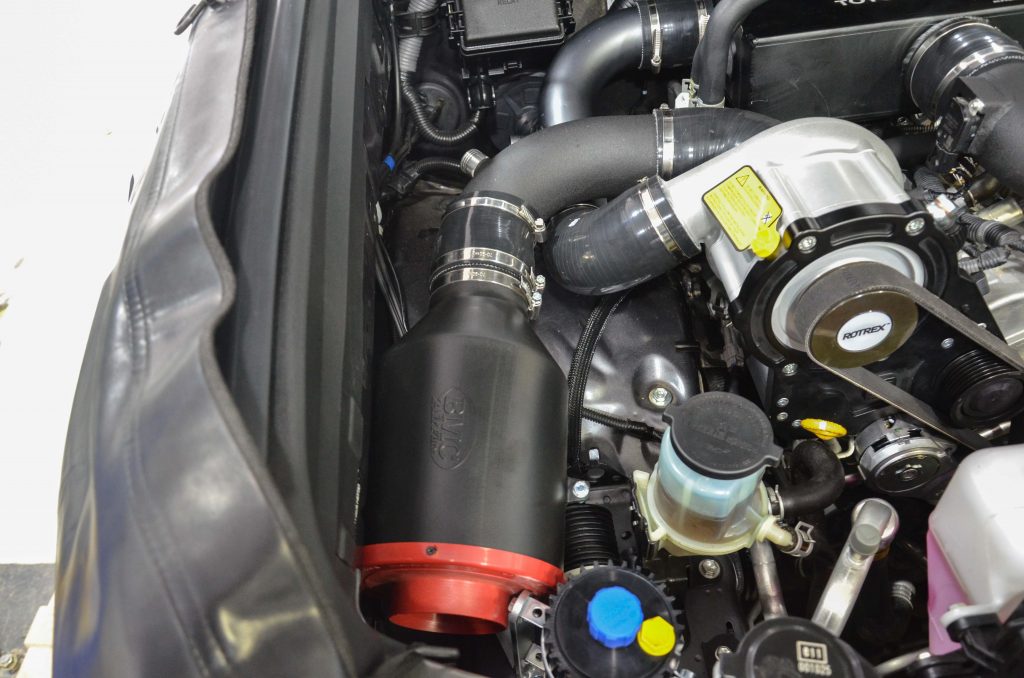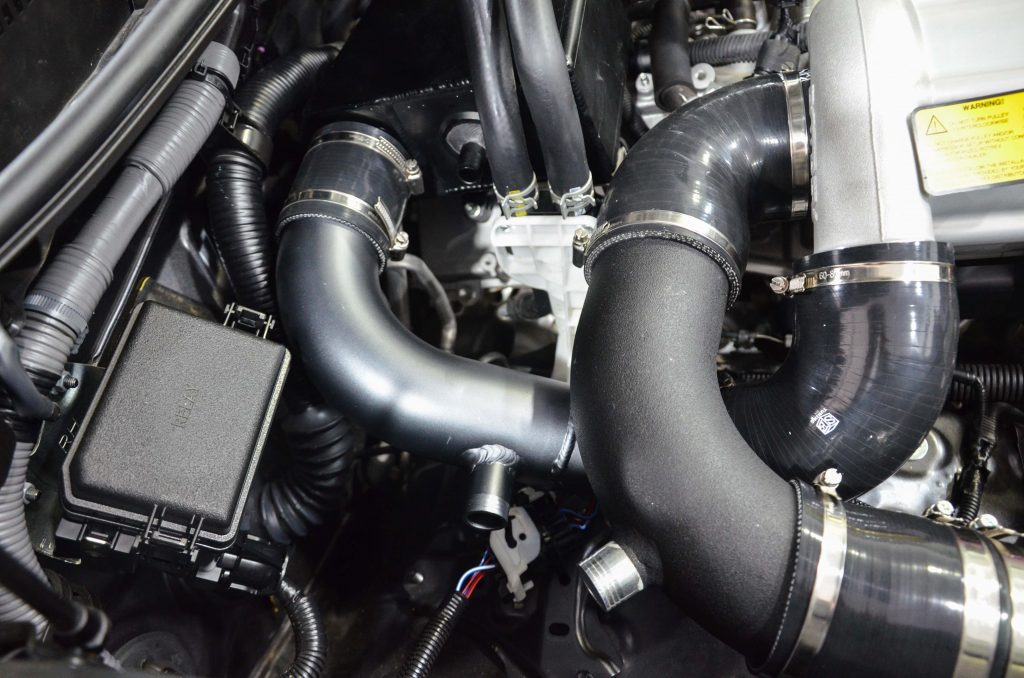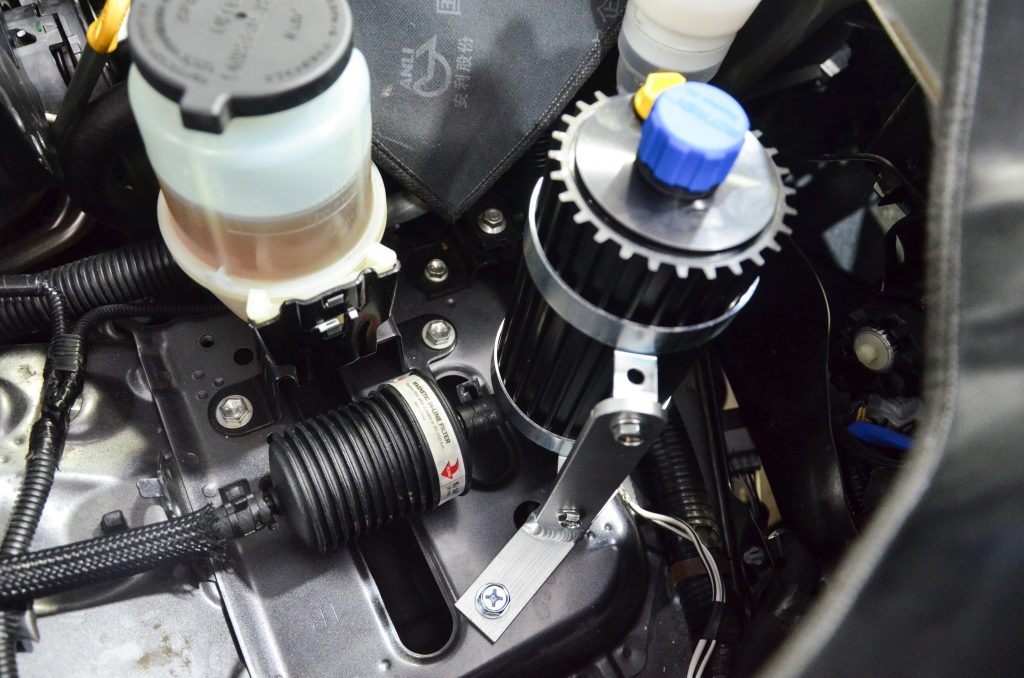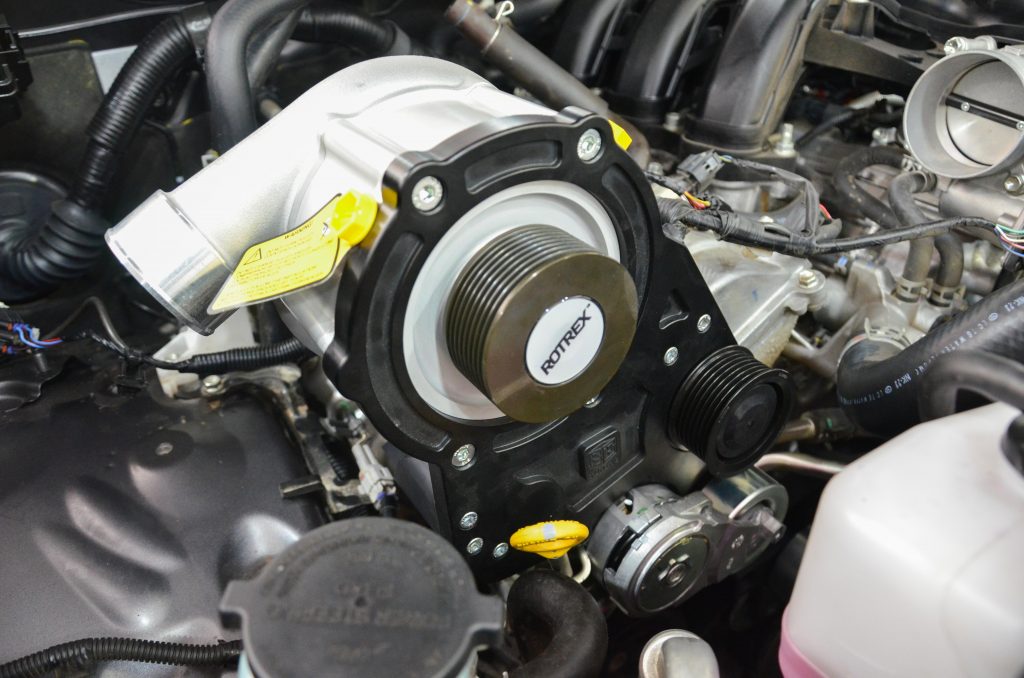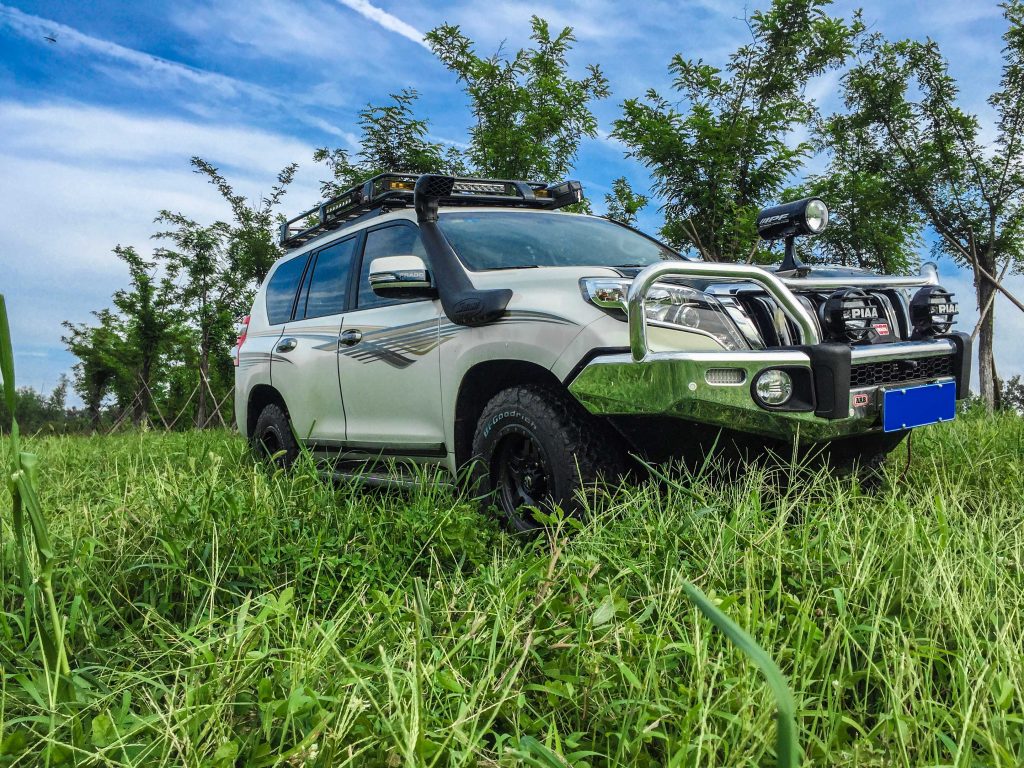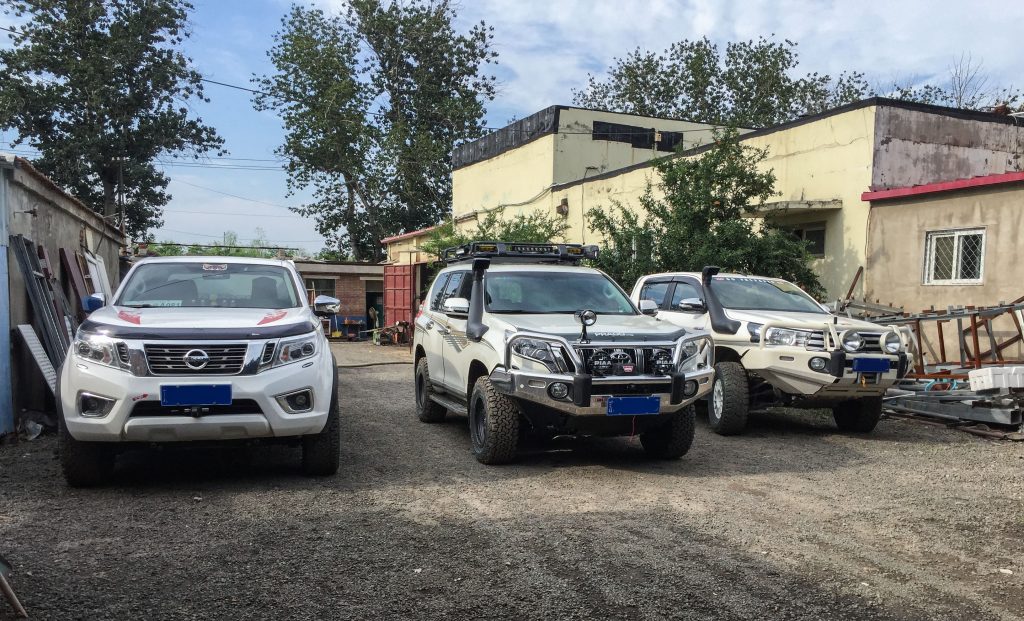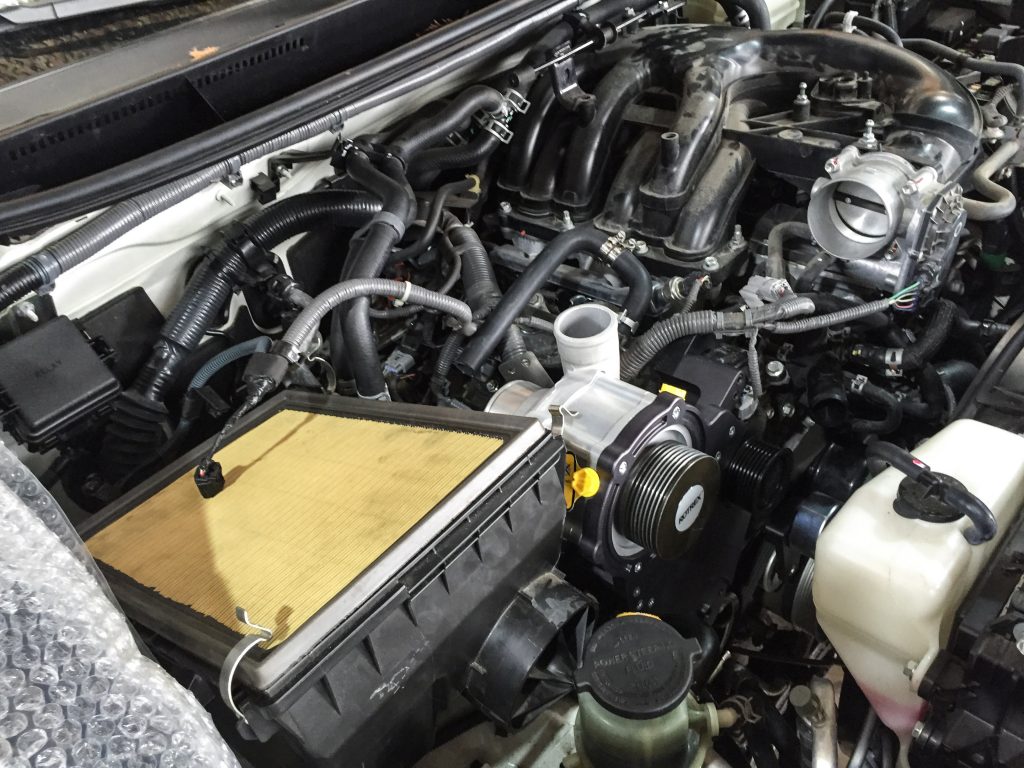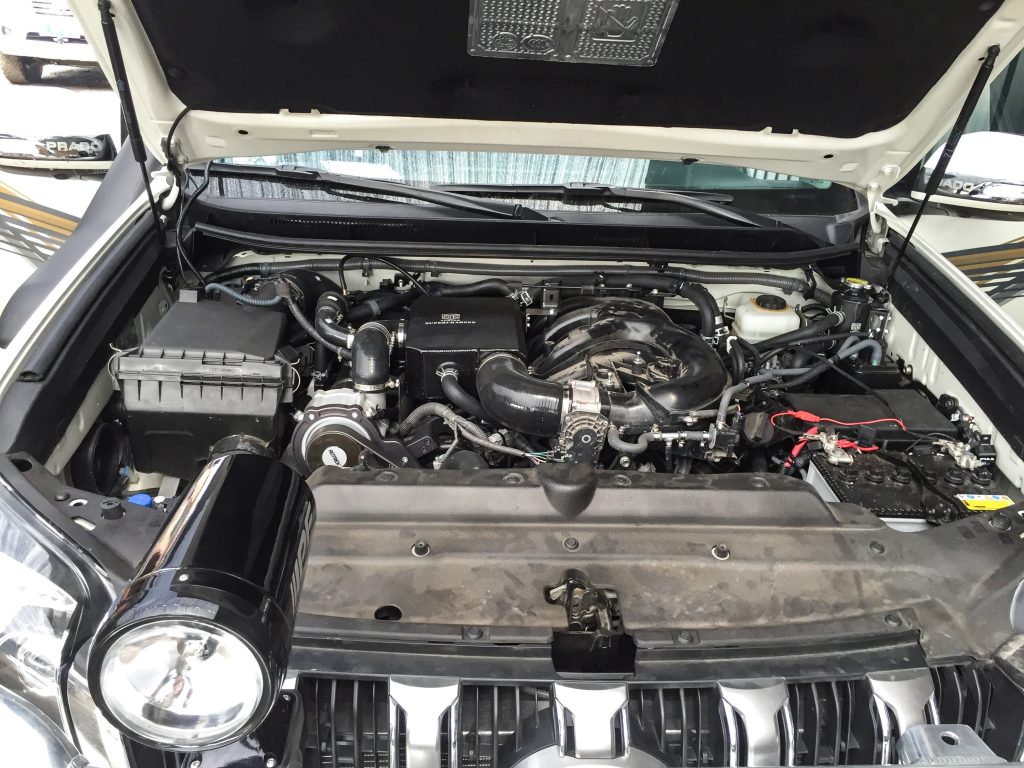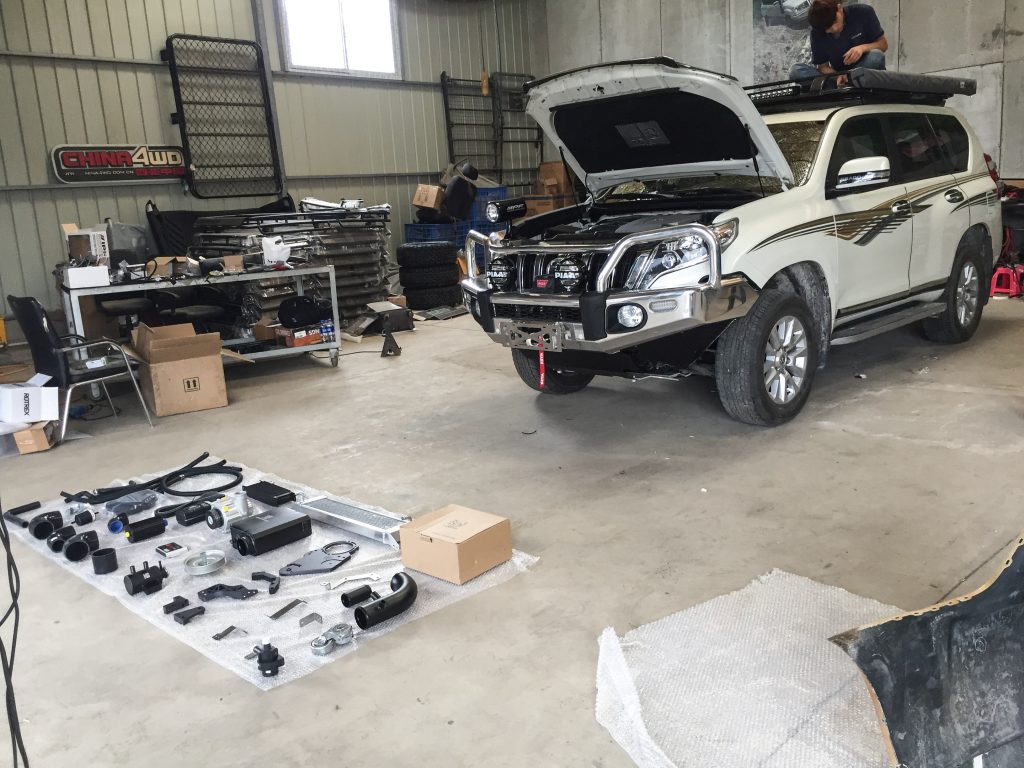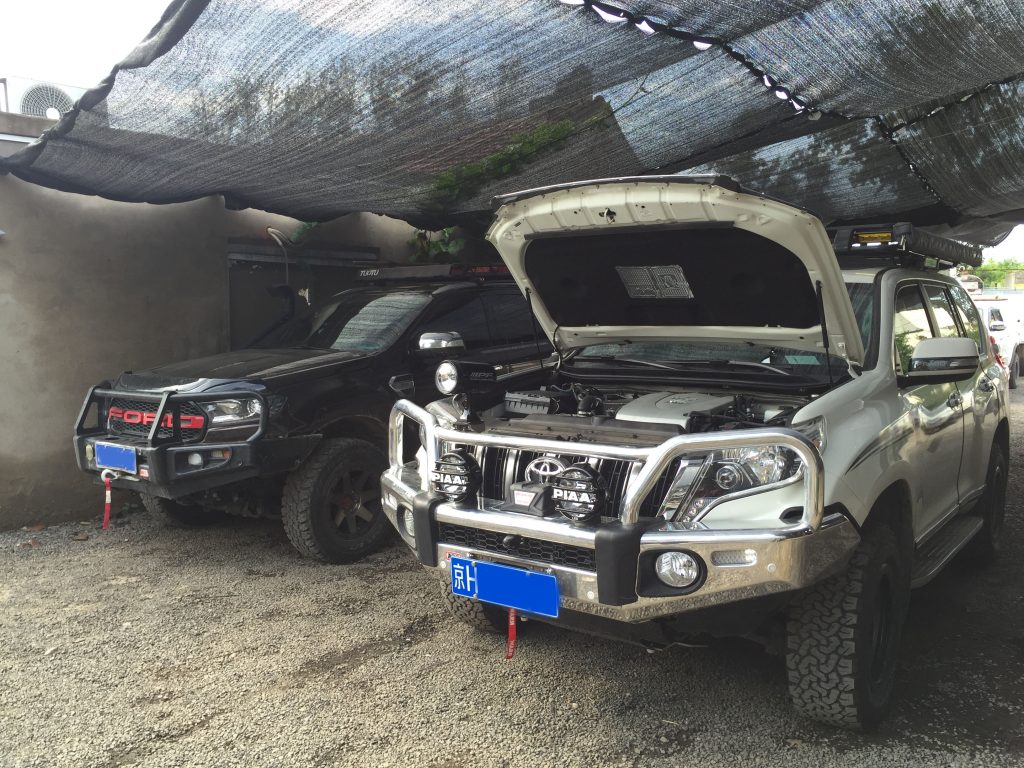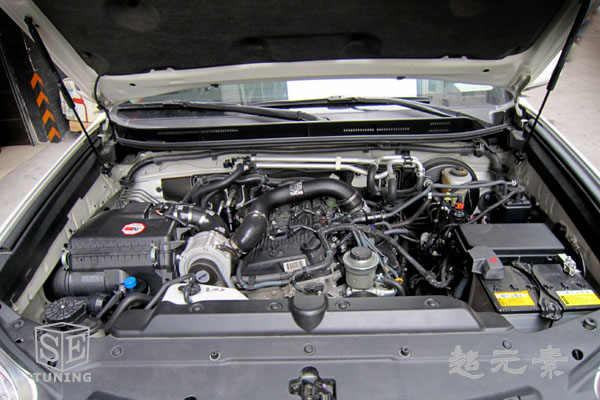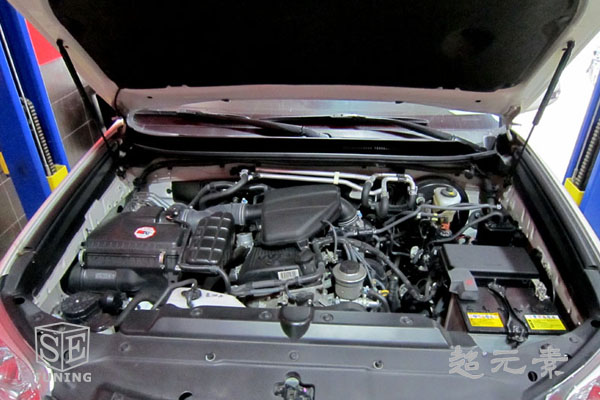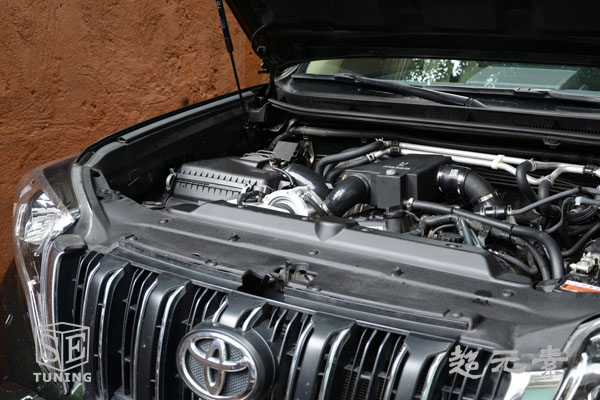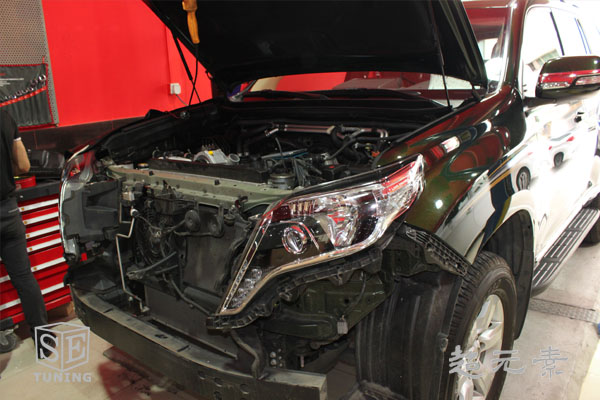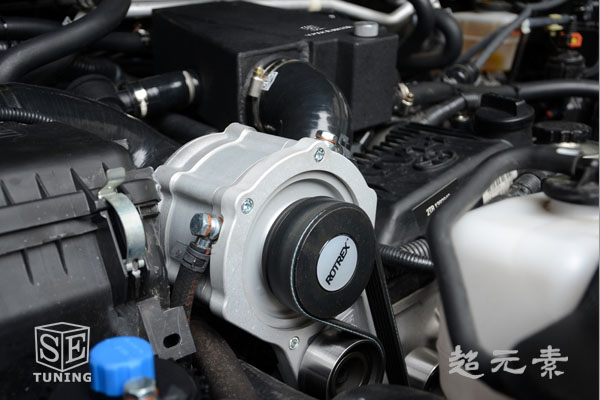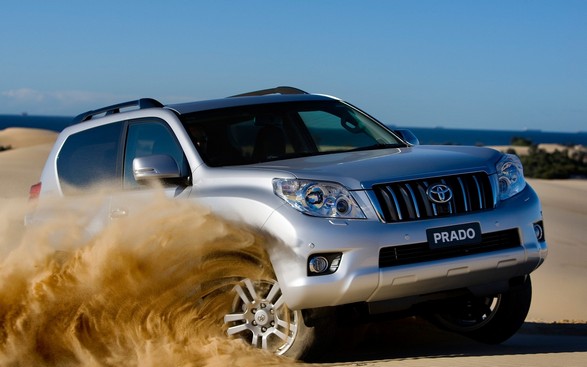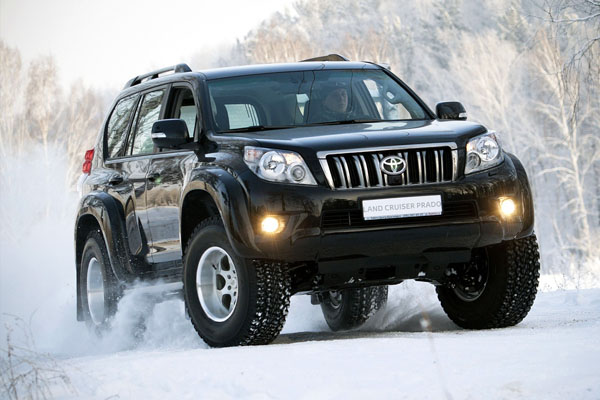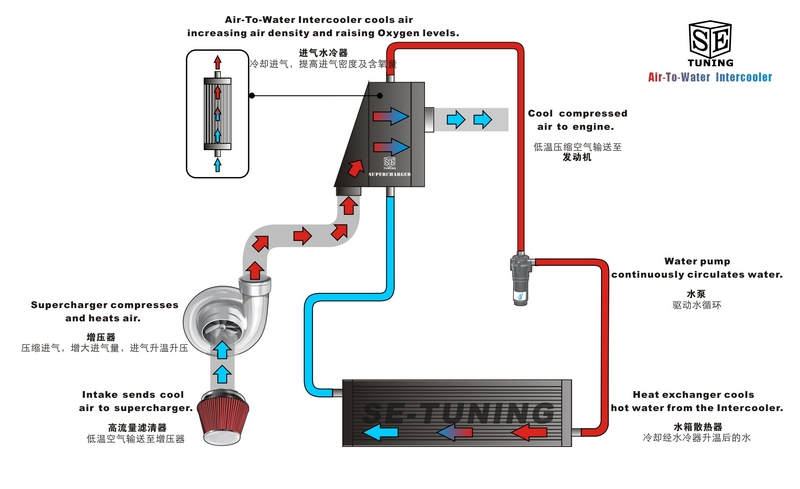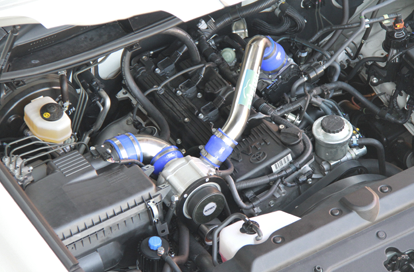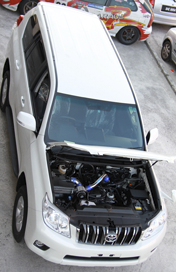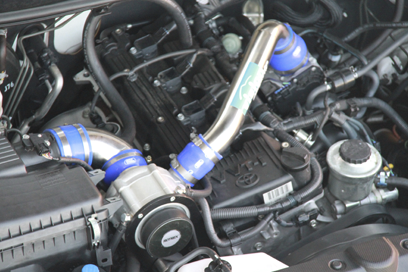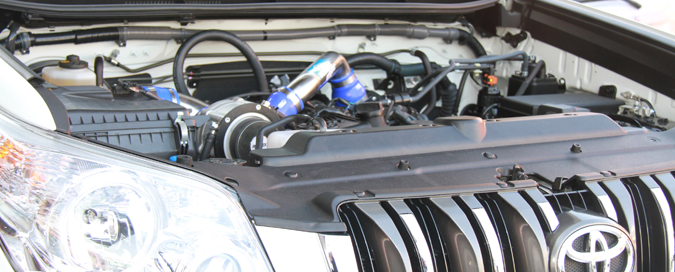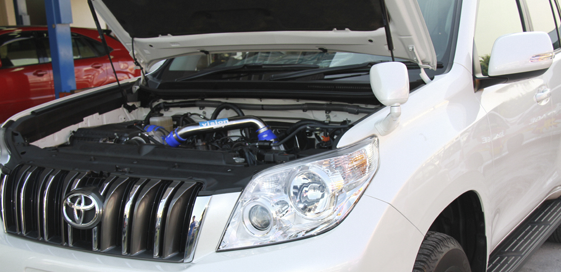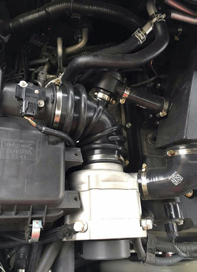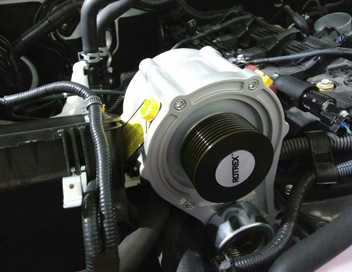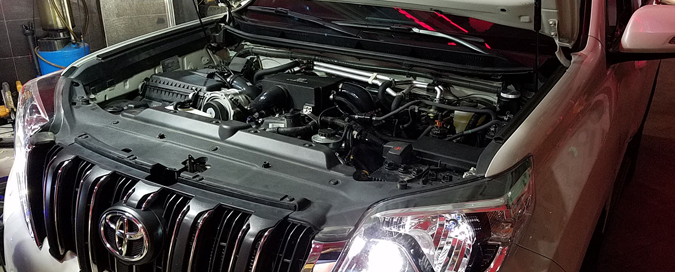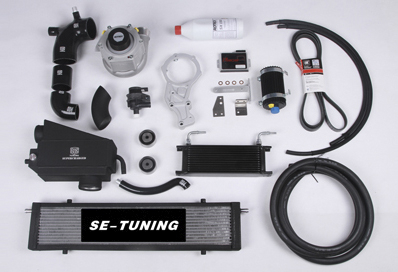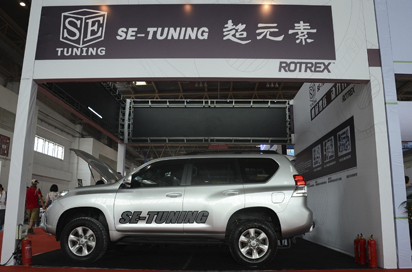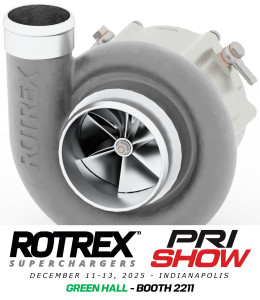Toyota Prado Supercharger Kits
The kit includes all the needed brackets, parts, and fasteners to allow a trouble free, no hassle installation.
Our distributors have developed kits for the following models:
| Model | HP |
| Toyota Prado (2.7L) | 163 > 230 |
| Toyota Prado (1GR 4.0L V6) | 236 > 354 |
| Toyota Prado (2.7 VVTi 2TR) | 129 > 175 |
| Toyota Prado (2.7 VVTi 2TR) | 160 > 227 |
| Toyota Prado (1GRFE) | – > 268 |
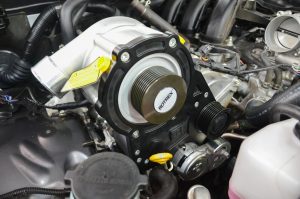
In 2014, we strongly promoted the Prado 2700 supercharged (first-order) kit, which can increase the power of the original car by 30-35%, solving the old problem of the Prado 2700’s weak power in one fell swoop, and the price/performance ratio is quite NB. For the majority of Prado 2700 riders, this is tantamount to “Sister Lin fell from the sky”! No wonder this kit quickly became popular and popular all over the country as soon as it came out. In 2015, we continued to work harder and further expanded our strategy. Based on the Prado 2700 supercharger (first-order) kit, we developed a “second-order water-cooled kit” with a power increase of up to 40%.
The biggest difference between the second-order kit and the first-order kit is the addition of a set of “air inlet water cooling system” to cool the intake air after being compressed by the supercharger On this basis, on the one hand, the boost pressure value is further increased, and on the other hand, the ECU is newly adjusted to obtain greater horsepower output.
The steps for installing the second-stage water-cooling kit for mechanical supercharger are basically the same as the first-stage: install the supercharger bracket, idler pulley, belt, etc. If you have friends who don’t know, you can search for related posts by yourself, and I won’t repeat them.
Here comes the difference: The second-order kit requires the installation of an “air intake water cooling system”, which includes a front-mounted water tank radiator.
After the second-stage water cooling kit is installed, the state of the engine compartment. Through the following three pictures, we can make a very clear comparison of the layout of the first-order and second-order water-cooling kits.
What is this “air intake water cooling system”?
The supercharger compresses the air, while providing a larger intake air volume, it will have a side effect: it will increase the intake air temperature. An increase in temperature means volume expansion and a decrease in density, which is contrary to the original intention of installing a supercharging system (compressing air to make it denser); at the same time, excessive intake air temperature will reduce the combustion efficiency of the engine.The conventional method is to install an air-cooled intercooler on the windward side of the car. This method has a very big disadvantage: the intake pipe is too long and the intake pressure loss is very large, especially in the low speed area, the supercharger finally produces a little boost value, and the result is all lost in the long intake pipe. On the road. The most direct driving experience is: when the speed is low, the power is basically not improved, as if there is no supercharging system installed!
Different from the conventional method, the SE-TUNING second-stage water-cooling package uses an “inlet water cooling system”, which uses water circulation to cool high-temperature intake air.
The core component of the water cooling system is an “Air-To-Water Intercooler”, which translates as “air inlet water cooler”. It can be clearly seen from the schematic diagram that in the intake water cooler, cold water flows from bottom to top through the longitudinal pipes; high-temperature compressed air flows from left to right through the horizontal pipes; although the longitudinal pipes and the horizontal pipes are sealed separately Independent, but with very high thermal conductivity. The high-temperature compressed air and cold water pass by in the water cooler and perform sufficient heat exchange. After the heat exchange, the cold water becomes hot and the high-temperature intake air cools down and enters the engine at the ideal temperature! (The hot water will continue to circulate to the “water tank radiator” arranged in the front of the car. When the vehicle is driving, it will be cooled into cold water after being blown by the wind.)
The advantages of the “air intake water cooling system” are very obvious: on the one hand, the specific heat capacity of water is high, and the cooling efficiency is high; on the other hand, the entire intake pipe is very short, and the intake pressure loss is small, which can be obtained at low and medium speeds. Excellent power performance!

